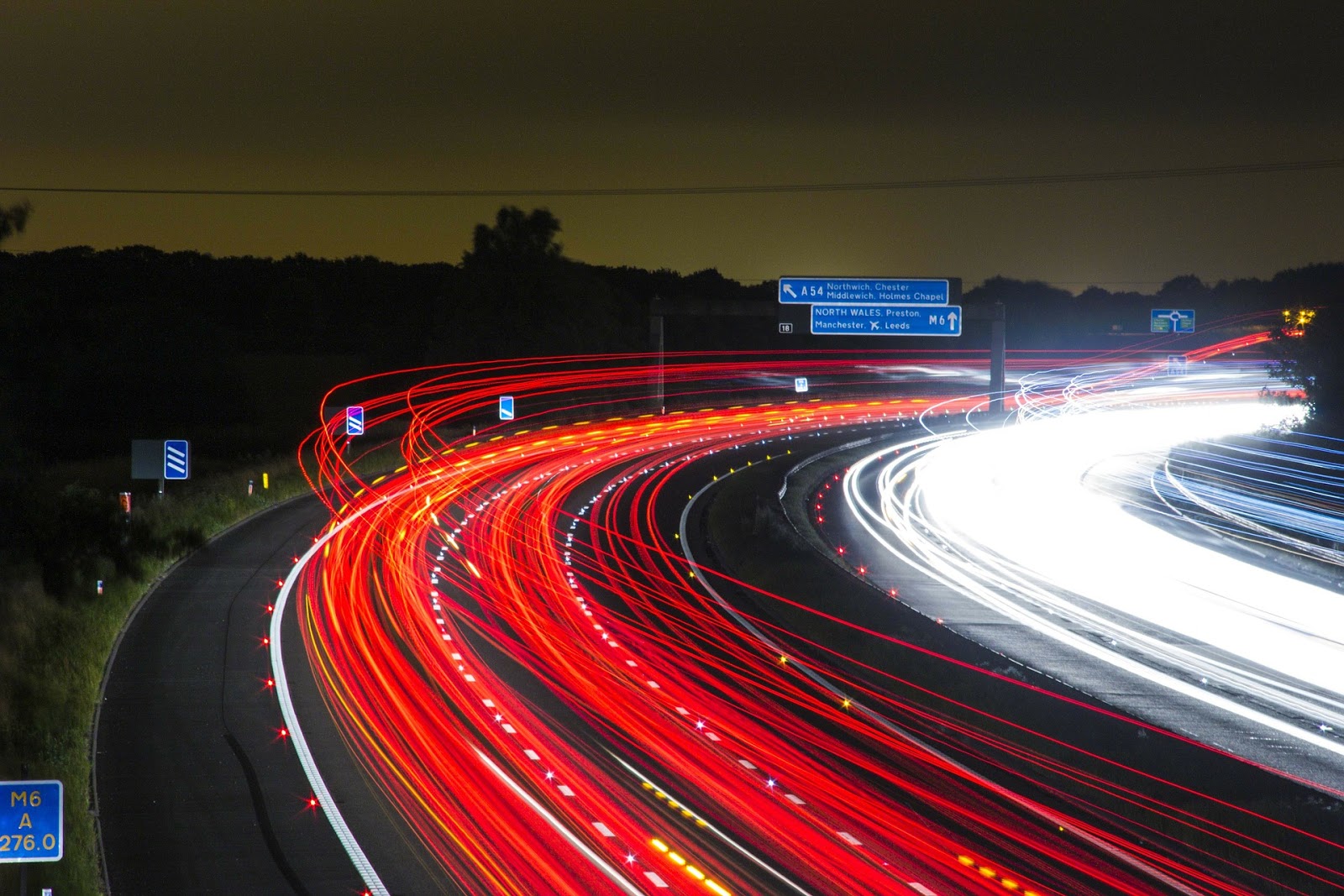Everybody knows car lights and how they work. Beyond the primary function of lighting the road when it is dark outside, there are other different types of car lights that serve various functions on the road. Each car model has its way of positioning its lights. Some car companies even stack up extra lights behind the side mirror to act as indicator lights.
Easy as they may be, car lights remain a mystery to many people who do not know their purposes on the road. They play a very huge role in ensuring safety during driving. To better illuminate this, we are going to go through the different types of car lights, where they are located, and the purpose they serve. The following are the main types of car lights.
Table of Contents
Headlights
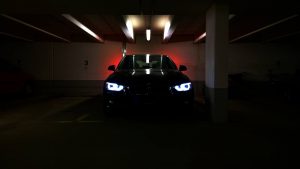
Headlights are the widely known car lights because they are the ones that provide the most light at night and are located at the very front of the car, hence the name headlights. These lights help the driver navigate in darkness by lighting up several meters of ground ahead so that they can see anything coming up in advance. Headlights are designed in a unique way that makes them point downwards to avoid blinding oncoming drivers from the opposite direction.?
There are other types of headlights that emit high-intensity beams of light that are only used when other cars are not around.
Tail Lights
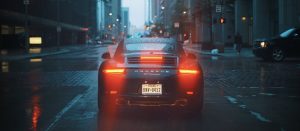
Located at the back, tail lights are designed to produce a red light to help drivers behind know that you are there so they can judge the distance between them and you and adjust their speeds accordingly. They only produce bright red lights that are easily noticeable even in daylight. Headlights turn on automatically the moment headlights come on.
Daytime Running Lights
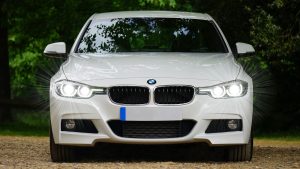
These are lights located at the front and the rear end of the car whose purpose is to make the car more visible to other cars. It may sound strange that cars need to be visible during the day when there is natural light, but sometimes it is necessary, especially when it has rained a bit, making visibility to go down a little. Daytime running lights are automatic in most cars, although many drivers find them to be a distraction.
Fog Lights
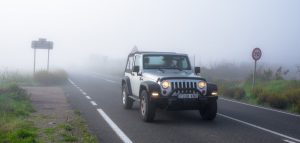
Just as the name indicates, fog lights are lights designed to increase visibility during foggy conditions on the road. They make you more visible to other drivers. Fog lights are located near the headlights and are mounted low to reduce the risk of refraction, which may worsen the situation by distorting vision. It is recommended that you use fog lights only when the situation demands it, never use them in clear conditions as they would cause a distraction to anyone driving towards you.
Signal Lights
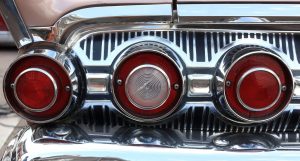
Also called indicators, signal lights are used to communicate to other drivers that you will be taking a turn, or you will be accelerating or decelerating so that they too can adjust their speeds and act accordingly. They are located at the back and the front alongside tail lights and headlights, respectively.
Many car models these days have signal lights added to the rear window and behind the side-mirrors to enhance more visibility in case the ones on the lower end of the rear are not visible enough. In some cars, signal cars are automatic; once they detect you are about to make a turn, they immediately start blinking and flashing red.
Brake Lights
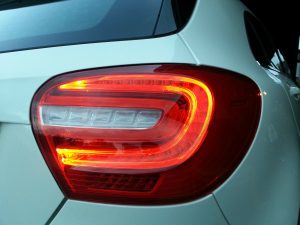
Brake lights are located to the outer side of the rear lights, and they signal any driver coming from behind that you are about to hit the brakes abruptly or that you are gradually slowing down. Brake lights are activated automatically when you step on the brakes. (Meta-Calculator) They also flash a bright red and are visible from a long distance away, especially at night.?
Hazard Lights
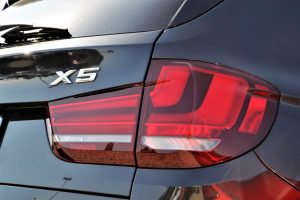
Also called Flashers, hazard lights are situated at the front and the back of the car and are used to send out a distress signal to other drivers, making them aware of a malfunction in the car, an impending danger like an obstacle on the road or a major traffic snarl-up ahead. However, many drivers are cautioned against using hazard lights for the wrong reasons, like securing a parking spot. Hazard lights should be reserved for sticky situations that need attention.
Interior Lights
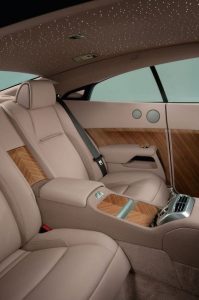
Also called driving lamps, these are lights located inside the car whose purpose is to illuminate the interior for short periods to allow the occupants to check out something like a map or find an item that may have dropped down. Interior lights should never be used when driving, as they may cause a distraction to the driver.?
Other Lights
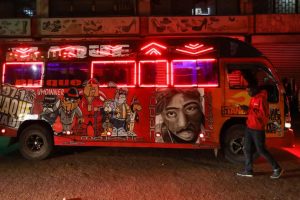
There are other types of lights that play minor roles inside a car. These roles, most times, have a lot to do with aesthetics. Neon Lights, for instance, are used in the interior and exterior of some cars for ambiance. Some passenger service vehicles in places like Kenya are lined with neon lights of all colors that give a flashy display at night in a bid to attract passengers. If you are looking for colorful lights for your vehicle, simply head on to gindestarled.com and choose from the many options available.
Conclusion
A good set of car lights go a long way towards making the driving experience enjoyable on top of ensuring your safety. Make it a habit to have your lights regularly checked and maintained once in a while, especially on the eve of a long journey. Driving around with lights that do not work is a serious infraction that may get you into hot soup with traffic authorities. Make sure your car insurance coverage handles any little damage your headlights may sustain as soon as possible.

